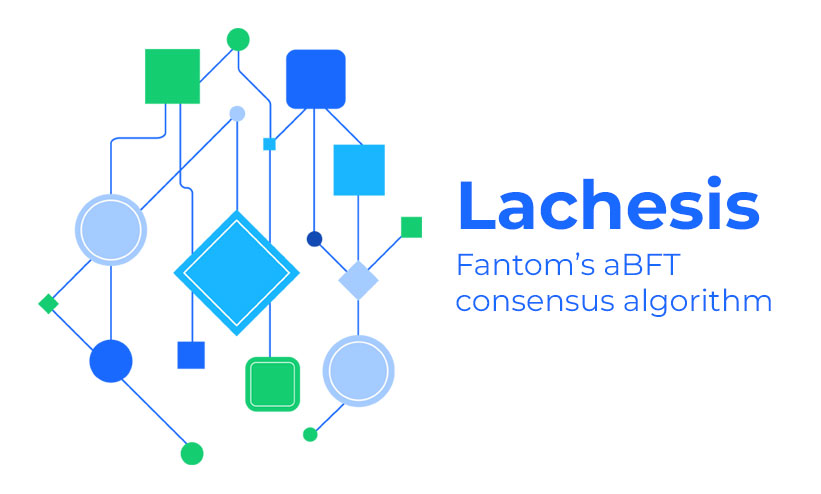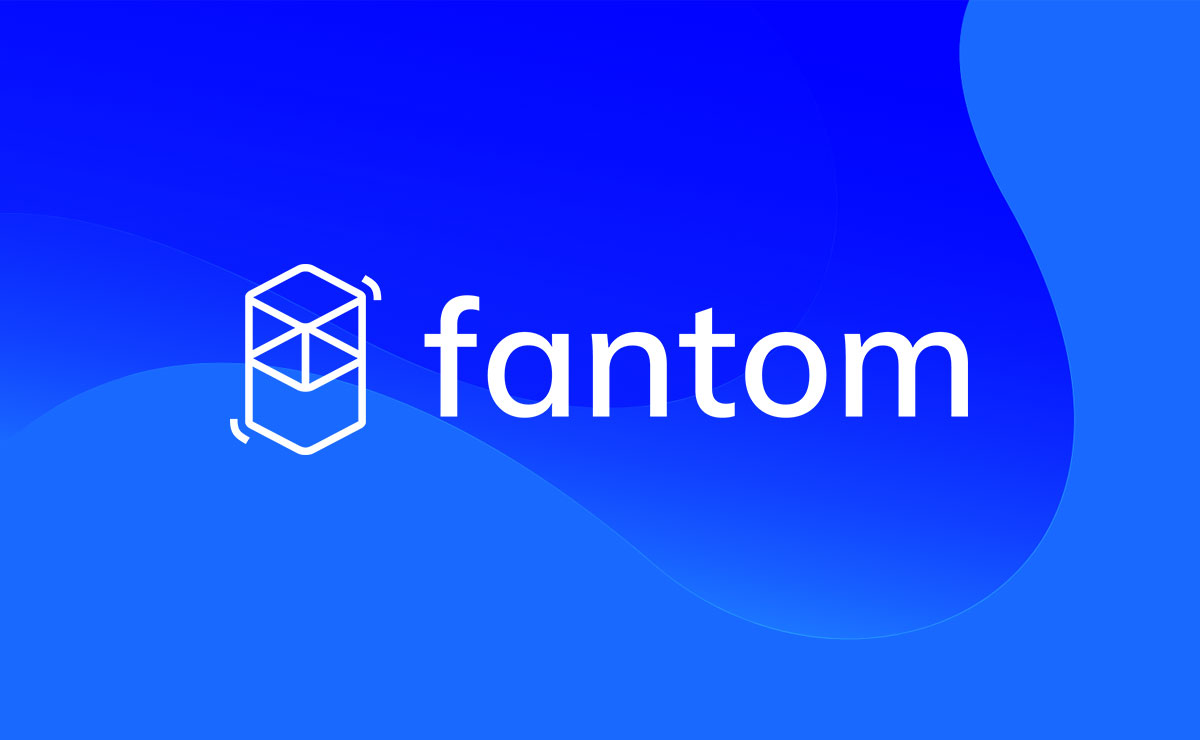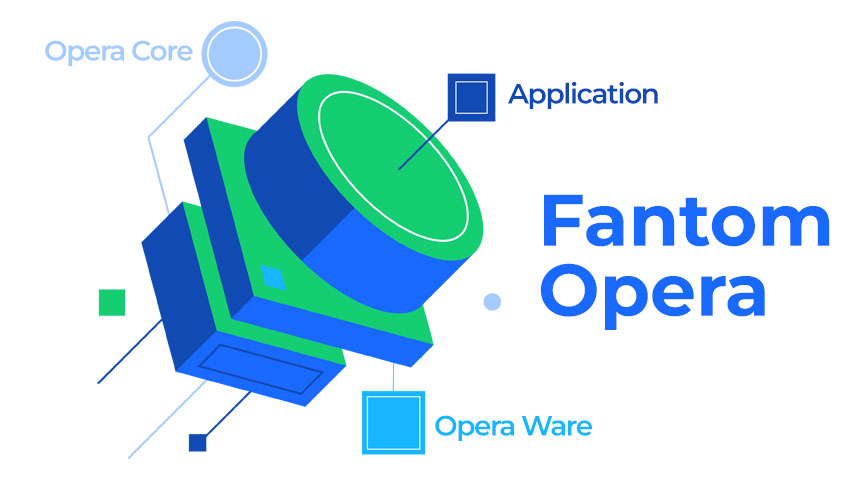Abstract
Several years after the innovation of blockchain-based networks, developers have been looking to find a mechanism to launch a network that would be secure, fast, and decentralized to introduce the market as an alternative to Ethereum.
The fantom Network was designed in 2019 to solve the triple of the mentioned problem of blockchain and create a balance between these three principles.
Fantom is a decentralized, license-free, open-source platform that enables the development of smart contracts for the creation of decentralized applications (dApps) and the development of digital assets.
In this article, we will discuss what fantom Network is, how it works, and what FTM cryptocurrency is.
Introduction
Fantom is Several years of ongoing work to design and develop a decentralized network that has security and safety simultaneously.
Finally, Fantom Network is a permissionless, open-source “smart contract” platform suitable for developing decentralized applications (dApps) and digital assets, which is an excellent alternative to the Ethereum blockchain.
What is a Fantom Network?
Other Ethereum alternatives exist, but Fantom aims to offer better scalability and lower costs than Ethereum 1.0. The core of the fantom Network is the Proof of Stake (PoS) consensus mechanism, powered by the Asynchronous Byzantine Fault Tolerant (aBFT) algorithm. The aBFT is structured to process transactions as quickly as possible while providing security.
Organizations, businesses, and individuals can develop decentralized applications or launch new cryptocurrencies using the Fantom network infrastructure.

The features of Fantom Network as mentioned below:
- Speed: The Fantom Network processes and finalizes transactions in just one second on average.
- Scalability: Fantom is capable of processing thousands of transactions per second.
- Security: The Fantom consensus mechanism, called “Lachesis,” is designed to provide extreme security for Peer-to-Peer networks. Also, the phantom network performs based on absolute finality.
- Support for Smart Contracts: The fantom network is fully compatible with the Ethereum network and supports “Smart Contracts” based on this network.
What is Fantom Network Consensus Algorithm?
The consensus mechanism is the core of distributed networks. In a decentralized concept, no center or organization is considered for screening and approving transactions. Then the consensus protocol allows all participants in the network to collaborate upon an agreement.
Fantom uses a consensus protocol called Lachesis, which uses a “Directed Acyclic Graph” (DAG) algorithm based on Asymmetric Byzantine Fault Tolerant (aBFT) technology.
Asymmetric Byzantine Fault Tolerant technology enables nodes to confirm blocks containing transactions without respecting timing. With this, network transactions are verified much faster without compromising security and decentralization.

It also suggests that once a transaction is confirmed, it is final and cannot be changed or reversed. Using aBFT, the agreement will happen even if the connection between some nodes is lost.
Among the features of the Lachesis consensus algorithm, the following can be mentioned:
- Asynchronous: Nodes can process commands whenever they want.
- Leaderless: No participant creates a special role in the network, and all nodes have the same role. Nodes can process commands whenever they want.
- Byzantine Fault-Tolerant: It continues to work even with the presence of a third of the faulty nodes that have destructive behaviors.
- Opera Chain: Fantom can process transactions within 1-2 seconds, and TxFlow (we will explain this service further) in less than 1 second and finally confirm.
What Layers Does the Fantom Network Consist of?
Fantom network architecture consists of 3 layers; Opera Core, Opera Ware, and Application.
1) Opera Core
It is the bottom layer of the network and is responsible for maintaining consensus among nodes through the Lachsis protocol. Opera can also be called the main fantom network. Another task of this layer is to create new blocks in the chain.
Opera uses DAG technology to confirm transactions, and nodes can process different transactions asynchronously. Fantom network architecture consists of 3 layers; Opera Core, Opera Ware, and Application.
2) Opera Ware
The Opera Ware Layer is the middle layer of the protocol and performs platform operations such as creating rewards, payments, and writing data.
3) Application
The highest layer in the network architecture is the Opera application layer, which allows developers to create decentralized applications (dApp) on top of the Opera software layer using public and open-source APIs.
FTM Cryptocurrency
FTM is a native coin of the Fantom network that exists in three different networks;
- FTM is available on the ERC20 protocol token in the Ethereum network.
- It also exists in the BEP2 in the Binance China network.
- Finally, Opera FTM is the leading Fantom network token.
Applications of FTM tokens include staking by verifiers and agents, payment per network, participation in governance processes, and collateral in fantom-based DeFi applications.
Conclusion
The fantom blockchain network provides developers with the necessary infrastructure to create high-performance decentralized applications by providing features such as secure smart contracts, scalability, and customizability.
This platform is designed as a new generation of blockchain platforms to overcome the limitations of current blockchain networks, especially Ethereum. Fantom uses the latest and unique “Lachesis” protocol to create consensus among its network nodes.
The native cryptocurrency of fantom Network is FTM and is used to pay transaction fees, reward nodes, participate in network governance, and stake in decentralized applications based on fantom.

